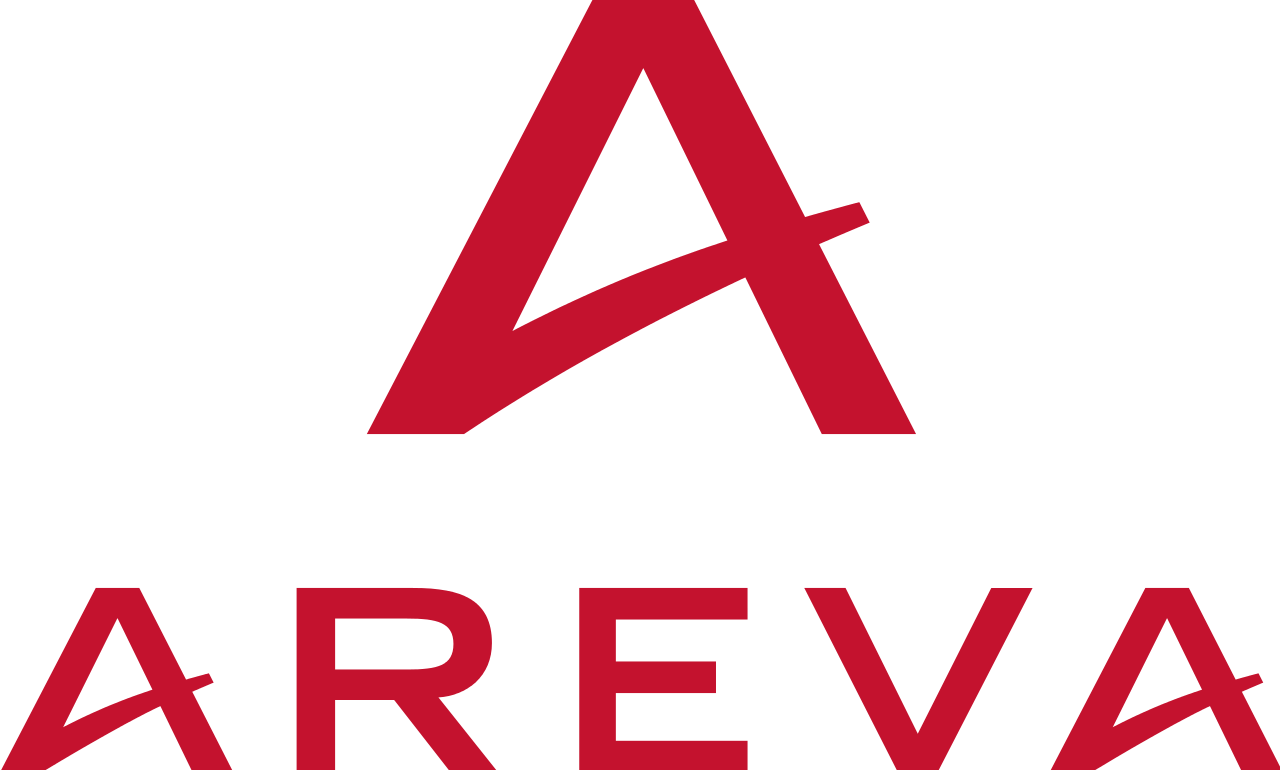In response to the claims made by CRIIRAD regarding Tricastin’s supposed long-standing pollution, notably of the water table, that it suspects has led to radioactive uranium markers on the site, the AREVA group gave its reply on this matter on Wednesday, July 16, during a press update given to local media.
The “Tricastin hill” has been well known to the authorities and local elected representatives for nearly 30 years, and was recently the subject of a presentation to a local information commission (the CIGEET).
- From 1964 to 1976, items from diffusion barriers used in the uranium enrichment process were stored to the north-east of the site.
The storage location, a small hill some several meters high, was built on a layer of clay that isolated the stored material from the water table. - This issue has nothing to do with the SOCATRI incident that occurred on the Tricastin site on July 8.
- Since the 1980s, annual pumping operations have been performed systematically to drain and monitor this water table. In 1998, these observations were supplemented by an examination by engineering firm Dames & Moore, which concluded that the storage hill in no way represented a risk to people’s health.
- In 2006, the CEA agreed to give AREVA ownership of this hill, which also contains military waste that the group did not generate.
1 -A public and well-known matter:
Presented to a local information committee in 1990.Compiled in the first ANDRA inventory in 1993.
Presented to the Committee for information on major energy equipment (CIGEET) on July 4, 2008.
2 – Monitoring: a hill with proven stable qualities
- Water table monitoring: average uranium concentration has been half the level recommended by the WHO (15 µg/l).
- Information and recommendations presented in various reports (Guillaumont, Dames & Moore).
- An installation monitored using piezometers and inspected by the Senior Delegate for Nuclear Security and Radioprotection of Defense-related activities and facilities (DSND).
A study in 1998 revealed that the hill was stable and caused no environmental impacts; the recommendation was to leave it as is[1].
The hill lies on top of a layer of clay renowned for its watertight properties.
The hill also contains stabilizing fluorspars.
These items add to its stability and absence of geotextile covering.
In 1994, during an inspection, the DSND recommended that the hill be kept exactly as is, exclusively maintaining surveillance.
[1] The “Guillaumont” public report recommended an impact study be made.
A study by Dames & Moore in 1998 showed there to be no health risk, but recommended piezometric monitoring.
